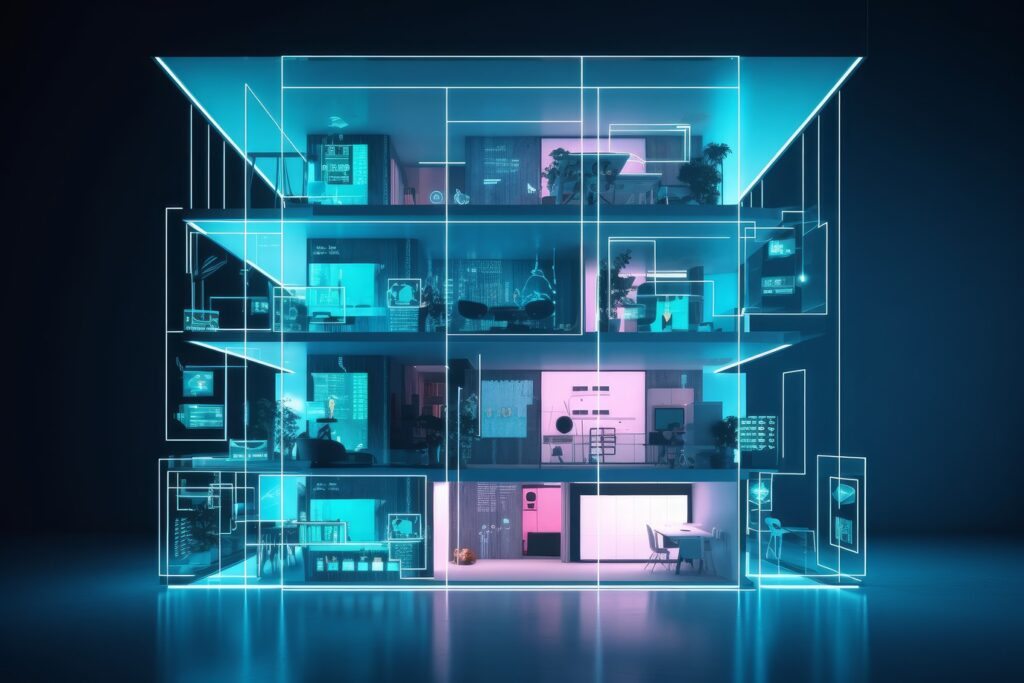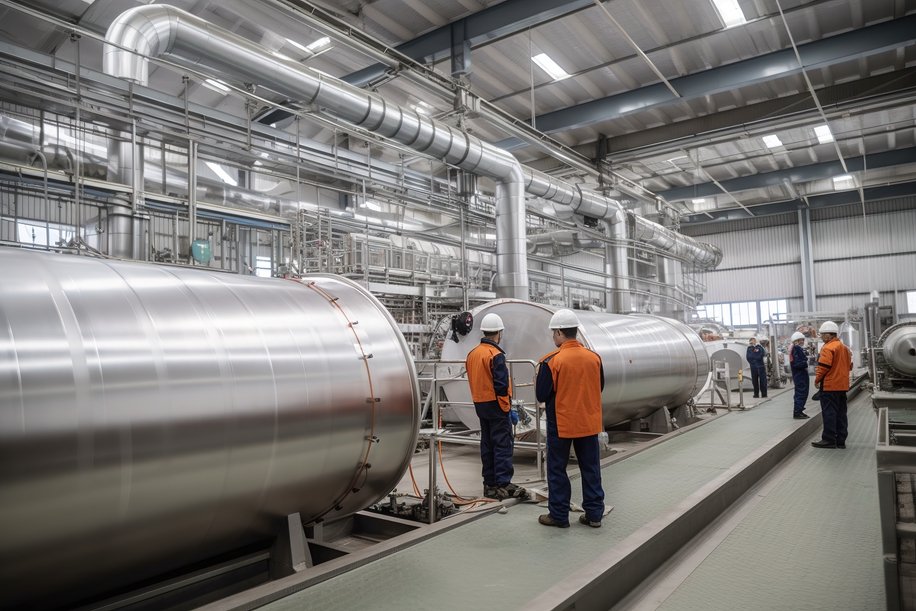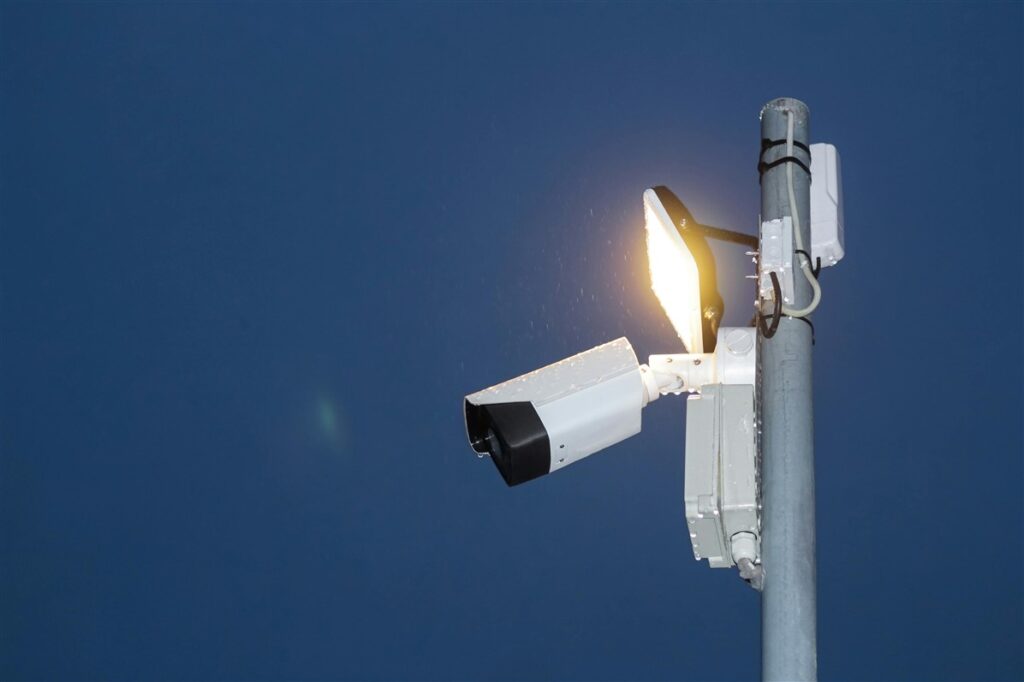Top Tips for identifying potential electrical hazards
No business owner wants to deal with a workplace accident, but unfortunately, they are all too common, with machinery or equipment often the root cause. Where electricity is present, there’s an added risk, and the consequences of ignoring hazard warning signs can be fatal.
There are several steps a business can take to prevent accidents in the workplace, and it begins by using safe machinery and equipment. Regular checks and maintenance can help to avoid failure or worse.
You should also encourage vigilance across your teams and raise awareness about potential electrical hazards so they can easily spot them.
In this article, we share our top tips for identifying and reducing electrical hazards, helping everyone stay safe.
What do we mean by electrical hazards?
Electricity is the prominent energy source in many business facilities, leaving multiple hazards at play. They come in many guises, with each one falling into one of three groups:
- Electric shock or burn caused by human contact with a live part
- Electrical arcing – when an electric current flows through the air (caused by equipment failure or broken insulation)
- Explosion due to equipment failure or static electricity igniting flammable liquids or vapours

How do you recognise electrical hazards at work?
If you want to prevent accidents caused by electrical hazards, you need to stay one step ahead of them. This means understanding how to recognise hazards and stopping them in their tracks before they pose a threat to your team’s health.
To do this, we encourage businesses to implement a 3-step process for their teams comprising of: Education > Awareness > Care.
Step 1: Provide Education
It’s fair to say prevention is the key to hazard reduction – and one of the best forms of prevention comes through education.
Don’t assume your staff members appreciate the many hazards apparent in the workplace. As an employer concerned for their health and safety, it is your responsibility to make sure all employees know the basics of electrical safety at work.
Start by shining a spotlight on electrical hazards. That means making sure any new starters or long-term employees going through refresher training receive clear and detailed training about electrical hazards – what they are and how to prevent them.
Remember: every facility is different – and so are its electrical hazards. While many may be generic, there will be plenty that are specific to your facility – for example, those relating to an ATEX environment or a specialist piece of machinery.
As part of your training process, explain the many risks your team needs to know about and how to spot faulty equipment. Make sure you have a clear strategy for when electrical hazards are uncovered and explain the steps to follow for reporting these hazards to a manager or supervisor in charge.
Most of all, outline the rules on what to do when an incident occurs. Stop using the equipment or machinery immediately and notify a qualified staff member to make any checks before using the machine again.
Step 2: Raise Awareness
While education is itself a form of awareness, you must explain to your staff precisely what is expected of them as part of the process to recognise hazards and stay safe.
Depending on your work facility, some hazards will be more likely to occur than others, but it’s good practice to provide details of any they may encounter.
As an absolute minimum:
- Give full details to staff about how to use electrical equipment safely.
- Never overload electrical sockets beyond their intended capacity (e.g. linking one power board to another).
- Use cable ties and runners to prevent appliance cables from trailing.
- Switch off appliances when they are not in use or before cleaning them.
- Staff who work machinery or electrical equipment must be fully trained on its use.
- Keep work areas free from water and spills to prevent contact with electrical equipment.
- Never leave cables exposed in high-traffic areas, across doorways or under carpets as they could become damaged and/or create a trip hazard.
Step 3: Take care
The third and final point refers to your machinery. Maintaining your equipment is as crucial to health and safety as it is to operational uptime. And having a regular planned maintenance schedule ensures machine longevity, performance, and safety.
Don’t cut corners - use certified and trained professionals to look after your machinery. If you plan to upgrade or modify machinery, always conduct a risk assessment for complete peace of mind and compliance with Government Health and Safety regulations.
Stay safe with AES
AES offers all the Electrical Contracting services you would expect, coupled with specialist services specifically to keep manufacturing businesses safe.
We can conduct machine risk assessments and inspections, install, maintain and service any electrical equipment, and we are CompEx accredited, allowing us to work in hazardous areas.
If you’d like to find out more about how AES can keep your equipment operational and your teams safe, get in touch.

Our guide to building energy management systems
Building energy management systems (BEMS) are systems that allow you to monitor, control, and optimise the energy used within your building. The phrase building energy management system (BEMS) is often used interchangeably with the phrase building management system (BMS), but there are some differences. A BEMS is focused on energy-related systems such as lighting, heating, […]
Read more
How far does power travel and what impact does distance have on performance
It’s easy to take our electricity supply for granted. We flick a switch and instantly have light or power. We don’t even think about it unless there’s an issue or an outage. But when there is an issue or outage, the impact can be significant. For manufacturers, even the smallest change in power can make […]
Read more
Why visibility of the production process is so important
Operational excellence, efficiency and quality are top priorities for almost every manufacturer worldwide. These things lead to improved productivity, happier customers and reduced waste – all of which result in increased profits. Visibility of the production process is the key to achieving these things. And manufacturers now have access to technology that can provide real-time […]
Read more
Will security lighting help to protect my staff?
Looking after the safety and well-being of employees should be a priority for any business. And while it’s not possible to mitigate every risk, there are measures you can take to improve their safety and security. One measure that is often overlooked is the installation of security lighting. When daylight disappears, visibility is reduced, increasing […]
Read more
Top 5 considerations when comparing electrical quotes
Budget is always a factor when you’re considering any type of upgrade, revamp, or maintenance work within your factory. But when it comes to electrical work, you have to consider more than just money. Don’t rush into accepting the cheapest electrical quotes without knowing exactly what you’re getting. Electrical work is not an area where […]
Read more
What is the role of companies in reducing our carbon footprint?
We should all be taking responsibility for protecting our planet and a big part of that is reducing our carbon footprint. But while it falls to all of us to do our bit, there is additional pressure on manufacturers, especially those with high carbon emissions. As an absolute minimum, these companies should ensure compliance with […]
Read more

